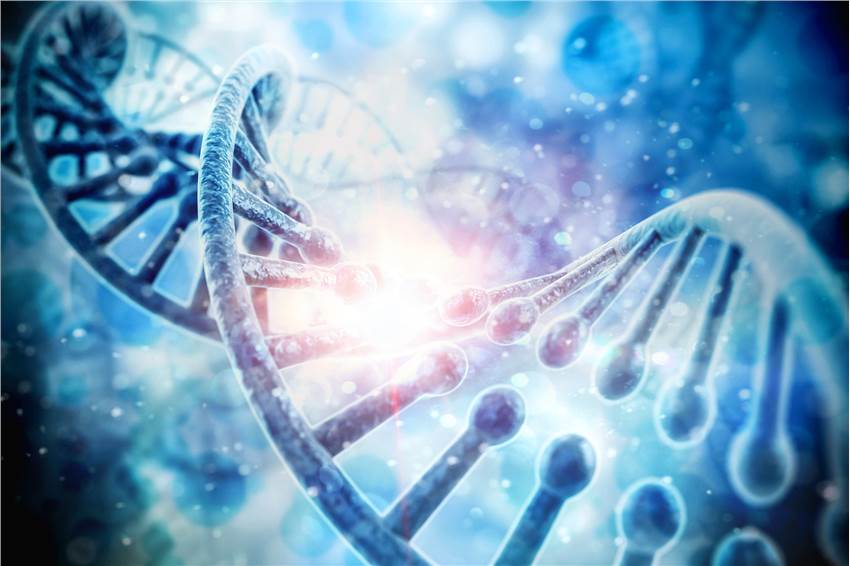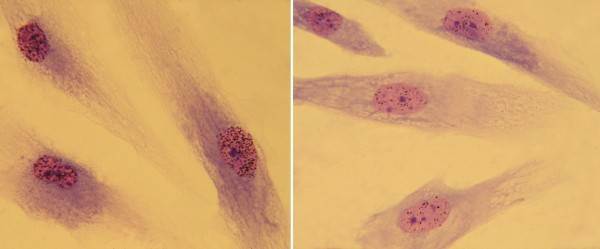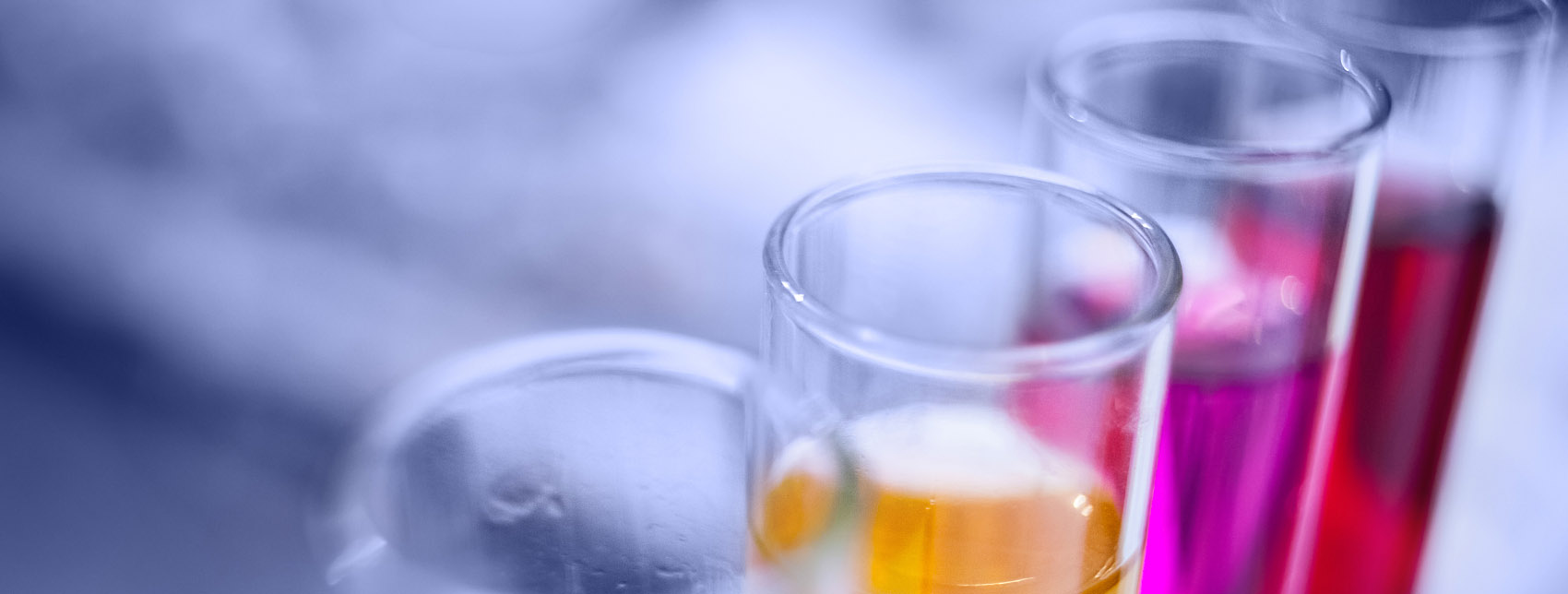Our company offers a professional unscheduled DNA synthesis test in vitro mammalian cells that evaluates the ability of a test sample to cause damage and the extent of damage to DNA in primary mammalian cells and established mammalian cell lines by measuring the level of DNA repair synthesis. It can be used as an endpoint for short-term biological testing of chemical carcinogens.
Test Range
Veterinary drugs, pesticides, chemicals, fungicides, organic toxicants, solid waste, domestic waste leachate, hazardous waste, sewage, sludge, water quality, surfactants, etc.

About Unscheduled DNA Synthesis Test Service
Test Method
We transferred isolated and cultured non-S-phase mammalian cells into culture flasks containing thymidine nucleoside (3H-TdR) and test samples and incubated them for a certain time to observe 3H-TdR incorporation.
If the sample causes cellular DNA damage, it necessarily induces its autonomous DNA repair, during which 3H-TdR is integrated into the DNA strand. We then observe the amount of 3H-TdR incorporation by radioactive autoradiography or liquid scintillation counting, and the more incorporation, the more extensive the DNA damage of the sample.
Sample Preparation
Both test samples and controls were prepared in a culture medium or dissolved in appropriate solvents and then diluted with a culture medium for the test.
Control Group Set Up
We have a positive control and a negative (solvent) control in the presence and absence of the metabolic activation system in each of the tests.
Test Cells
1. Primary cultured rat hepatocytes
In view of the advantages of primary cultured hepatocytes such as easy fractionated high culture and preservation of liver microsomal enzyme lineage, we usually use primary cultured hepatocytes as the target cells for the assay.
They have the ability to metabolize activated carcinogens and repair DNA damage, but the proportion of S-phase cells is large and suitable for displaying UDS by radioautography, and are not suitable for liquid flash counting.
2. Human peripheral blood lymphocytes
Mainly lymphocytes in the blood circulation, consisting of T cells and B cells.
3. Human diploid fibroblasts
When performing experiments with diploid cells, we first do a karyotype analysis.
 Fig.1 UV-induced DNA repair synthesis on autoradiographic preparations of primary dermal fibroblasts irradiated with UV light and incubated with 3H-thymidine. (Lehmann A. R, et al. 2011)
Fig.1 UV-induced DNA repair synthesis on autoradiographic preparations of primary dermal fibroblasts irradiated with UV light and incubated with 3H-thymidine. (Lehmann A. R, et al. 2011)
Unscheduled DNA Synthesis Test Report
The final test report Our company provides includes the following.
- Test name, test start and end time.
- Test summary.
- Specific information such as the name of the test sample, active ingredient, purity, and preparation method.
- Experimental conditions and methods:
a. Including the main instruments and equipment, the name, source, growth and culture conditions and preparation methods of the cell lines used.
b. The selection and preparation of positive controls and the setting up of negative controls.
c. Description of the metabolic activation system obtained and used in the experiments.
d. Description of the conditions and circumstances of the transfection, including the concentration of the transfection and the duration of the transfection.
e. Methods and procedures for blocking cells from entering S-phase.
f. Description of the methods of cell washing, filming, radioautography processing, staining, and counting when applying the radioautography technique.
g. Description of the extraction method and the method and procedure for determining the total content when using the liquid flash technique. - Test results: Toxicity of the test sample to the cell line, whether there is a dose-response relationship, statistical results, etc.
- Conclusion: To give a conclusion on whether the test sample caused in vitro mammalian cell DNA damage and repair under the test conditions.
For more information, please feel free to contact us.
Reference
- Lehmann A. R, et al. (2011). "Xeroderma Pigmentosum." Orphanet Journal of Rare Diseases. 6(1): 70.
Related Solutions
It should be noted that our service is only used for research, not for clinical use.


 Fig.1 UV-induced DNA repair synthesis on autoradiographic preparations of primary dermal fibroblasts irradiated with UV light and incubated with 3H-thymidine. (Lehmann A. R, et al. 2011)
Fig.1 UV-induced DNA repair synthesis on autoradiographic preparations of primary dermal fibroblasts irradiated with UV light and incubated with 3H-thymidine. (Lehmann A. R, et al. 2011)